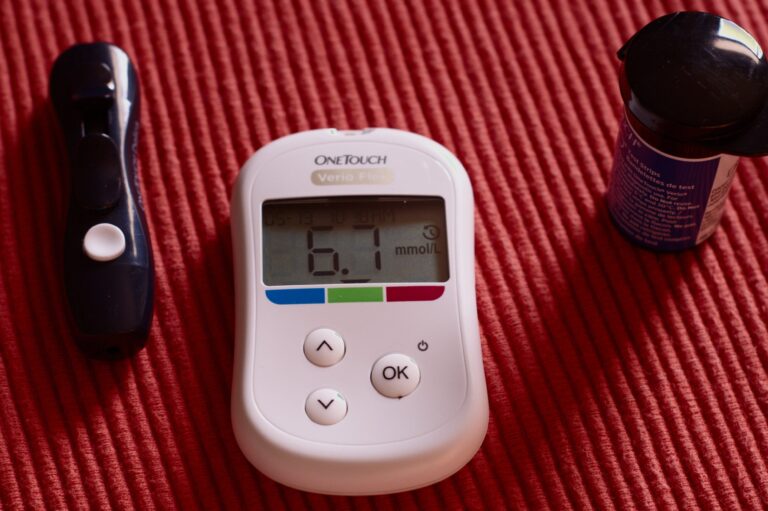
What we have not done to get rid of acne, the common problem of all of us; serums, creams, masks… So What should we eat and how can we get rid of the acne that persists for up to 30 years or longer?
While the relationship between nutrition and acne is still controversial, new research suggests that diet may play a significant role in acne development. Let’s look at nutrition and the acne process.
Glycemic index and acne
Is the Food you can eat Does your blood sugar go up or down? The glycemic indicator is a scale that measures the rise in blood sugar. Consider factors such as the nutrient content, hot-cold, cooking methods, maturity level, and how much sugar you have. The food’s glycemic value can be affected by processing.
Sugary and refined carbohydrates are more quickly absorbed and digested, which can raise blood sugar quicker. This is why it has a high GI. Because they are slow to increase in protein, fat and fiber, foods with high amounts of these nutrients have a lower GI.
What does acne have to do with high glycemic food?
Your body can become more inflamed when your blood sugar levels skyrocket. This causes your body’s production of more sebum, which makes your skin look oily. Acne can be caused by inflammation or excess sebum.
In Korea, 32 people with acne aged between 20-27 were followed for ten consecutive weeks. One group followed a normal diet, while another was on a high protein and low-glycemic diet. These results are quite striking: Those who had a low GI were more successful. The end result was significantly less severe acne due to diet 10% longer than regular diets.
Then, you can direct your nutrition immediately to ensure that those With a low glycemic score Let’s pick foods like Oats and chickpeas, eggs, tomatoes, potatoes, carrots, onions, garlic, hazelnuts..
Acne can be caused by milk
The milk can contain whey and artificial hormones that were injected into the cows. This can lead to acne formation. With milk intake, insulin-like growth factor-1 is released. This hormone can cause a variety of metabolic disorders. acne formation Sebum production.
According to the American Academy of Dermatology Association (AAD), there are some surprising studies about milk. According to the American Academy of Dermatology Association, people who drink two glasses or more of skimmed milk every day have 44% more severe acne than those who don’t. Although these results are striking, the metabolic pathways that cause acne can’t be explained completely. It is clear that milk causes acne according to most studies. However, additional studies are required to prove that milk causes acne.
If you want to know what you should do about it, I recommend that you reduce the frequency of your questions and make a choice. Low-fat and lactose-free dairy Instead of eliminating milk from our lives, We don’t have any evidence to support the claims of cheese or yogurt as regards the impact of dairy products on our lives.
Probiotics should be the crown!
Perhaps you have ever wondered what probiotics can do for acne. Let’s look at the mechanism of probiotics with articles. skin health It has a complicated relationship. Good and bad bacteria are found in our gut. Brain-skin theory: bacteria in our gut microbiota First described in 1930 by John H. Stokes, Donald M. Pillsbury.
Antibiotics are commonly used to treat acne. Probiotics that are combined with antibiotics show a better reduction in acne than antibiotics alone, according to a study.
I recommend taking an oral supplement of probiotics and feeding your microbiota foods. A number of studies show that even a single oral probiotic supplement can have positive effects on acne. It can also be used therapeutically. You can Probiotic and prebiotic foods can help support skin health Kefir is one example.
Vitamins and Minerals
For treating acne, Vitamins A and C, D, E, E, and F are very important. Additionally, essential minerals are also available. Zinc and Selenium These minerals Regulate sebum production They are anti-inflammatory and can be used in combination with vitamin E or zinc. Due to its antioxidant qualities, selenium should be combined with vitamin E as well as zinc for acne treatment.
Shellfish, oysters and meat are all good sources of zinc. Whole grains, seafood, nuts and green lentils are good sources of Selenium.
Let’s summarize: What can we do about acne?
- A low glycemic-index diet is recommended.
- Attention Consumption and milk content
- Include probiotic/prebiotic foods or supplements in your daily diet
- Eat a diet rich in minerals—especially zinc and Selenium.
- Good nutrition can not only reduce acne, but it also improves the effectiveness of treatment.
- Your skin’s health is affected by small changes in your diet.